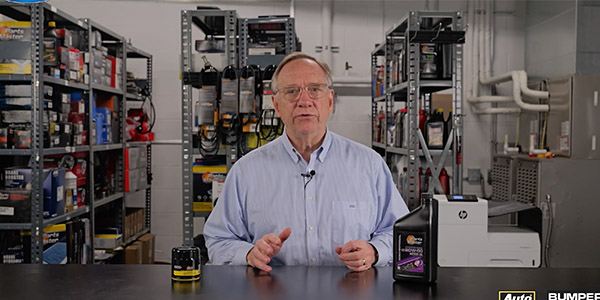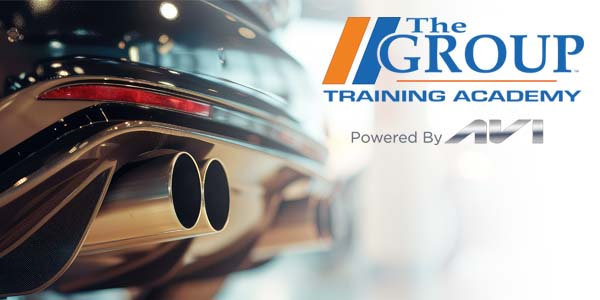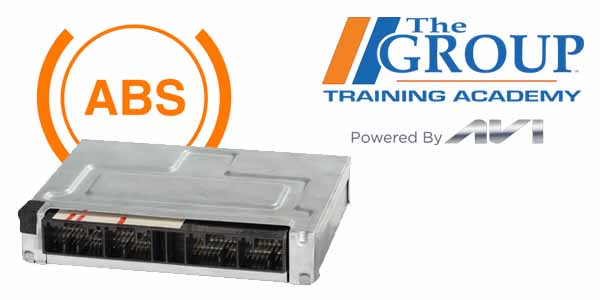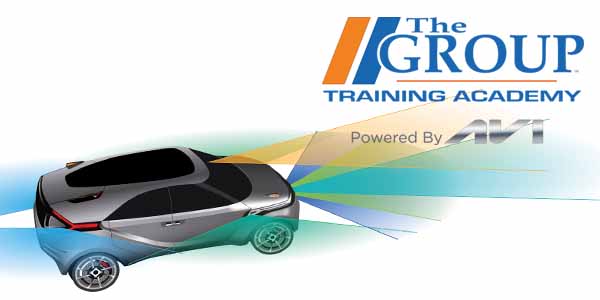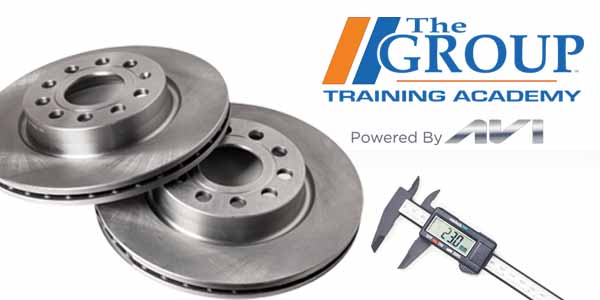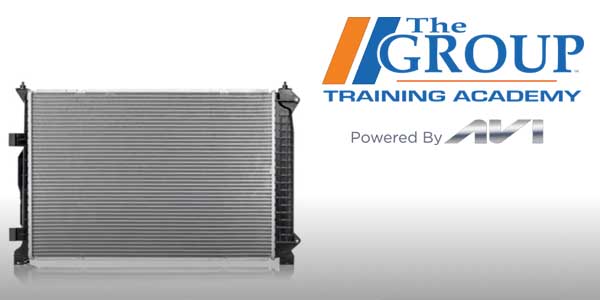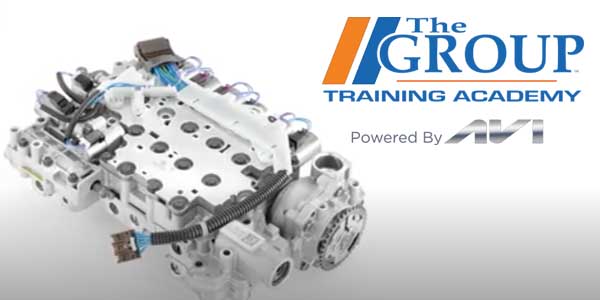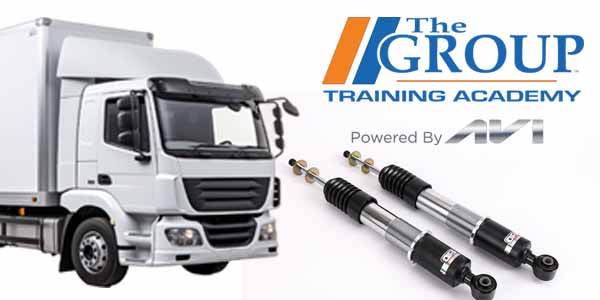Variable valve timing, or VVT, is a system of parts that work together to improve a vehicle’s ignition timing. Over the past few years, VVT systems have become the dominant underhood technology in gasoline-powered vehicles, as automakers embrace fuel-saving technologies, smaller engines and lighter vehicles.
VVT technology allows the engine-management system to precisely control the opening and closing of the intake and exhaust valves. By altering the timing and/or duration of a valve lift event, VVT improves low- and high-end performance, reduces emissions and makes the engine more fuel-efficient.
VVT systems typically include components such as VVT solenoids, cam phasers (also known as sprockets), VVT actuators and an oil-control valve.
This video is sponsored by The Pronto Network.

